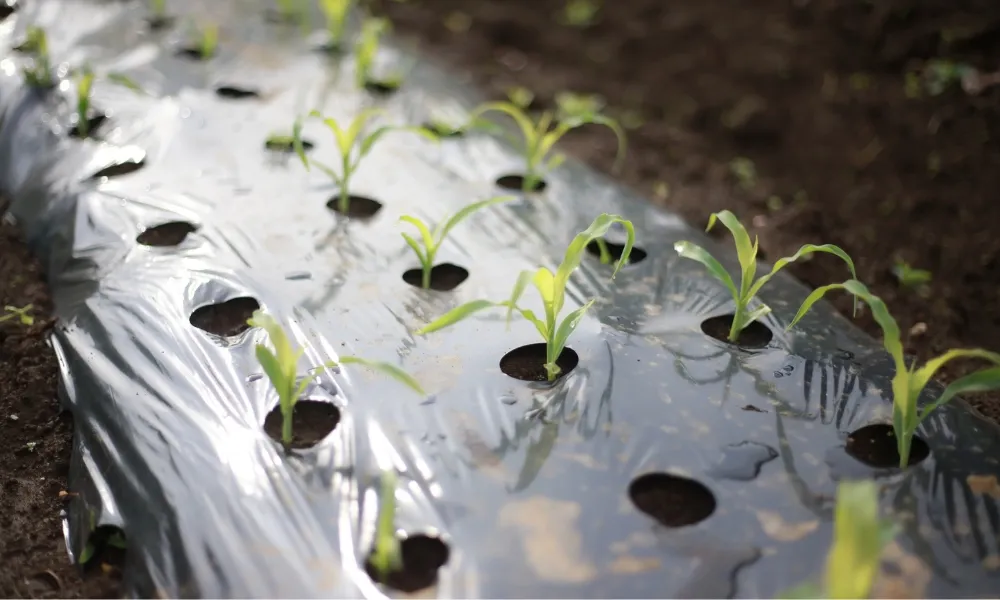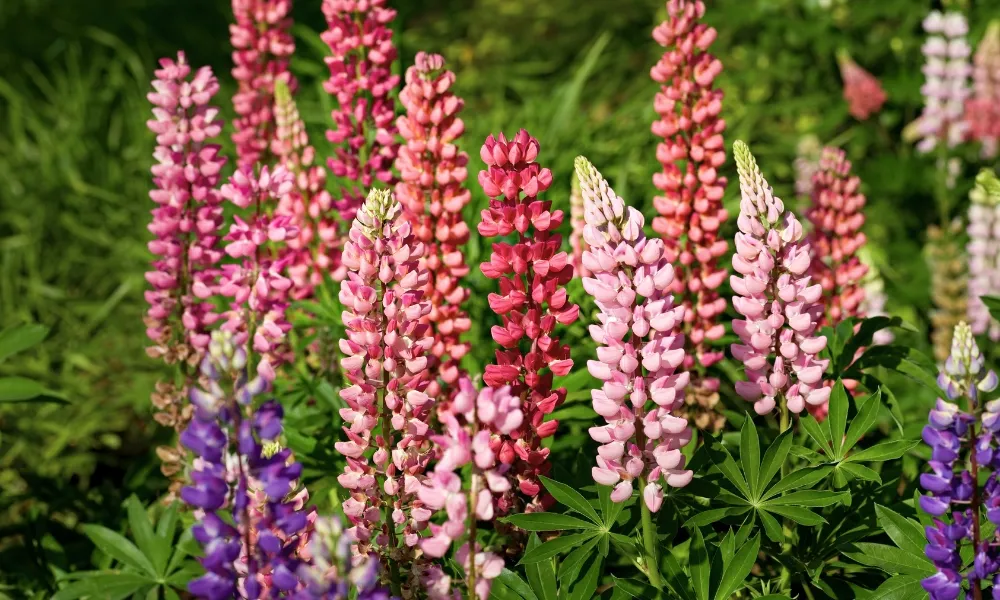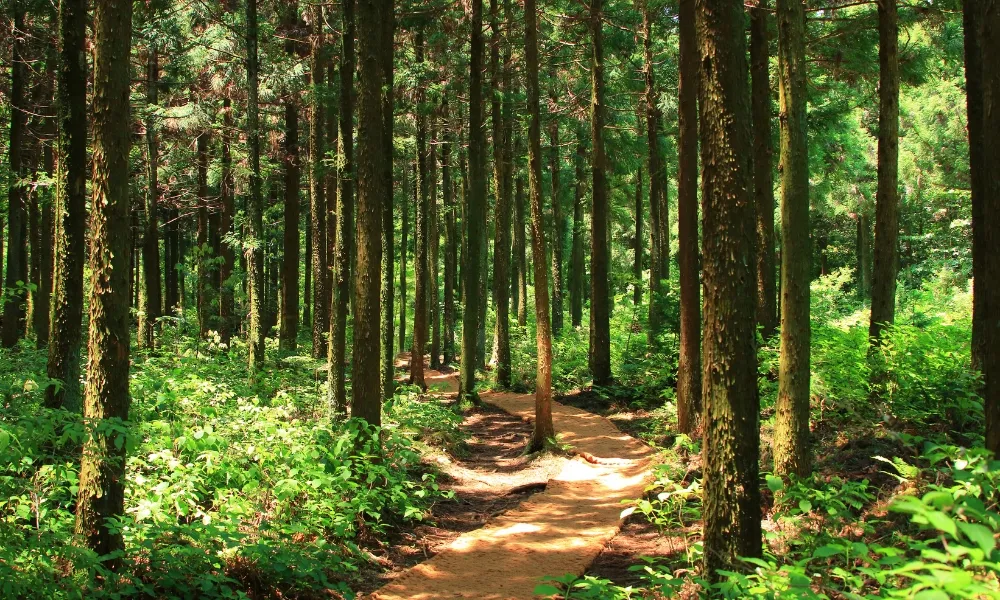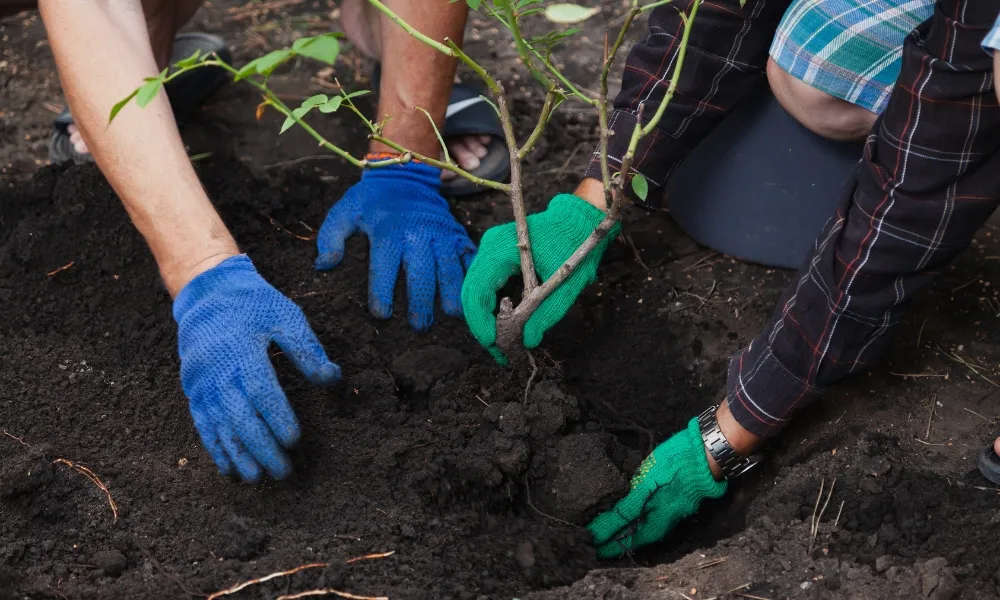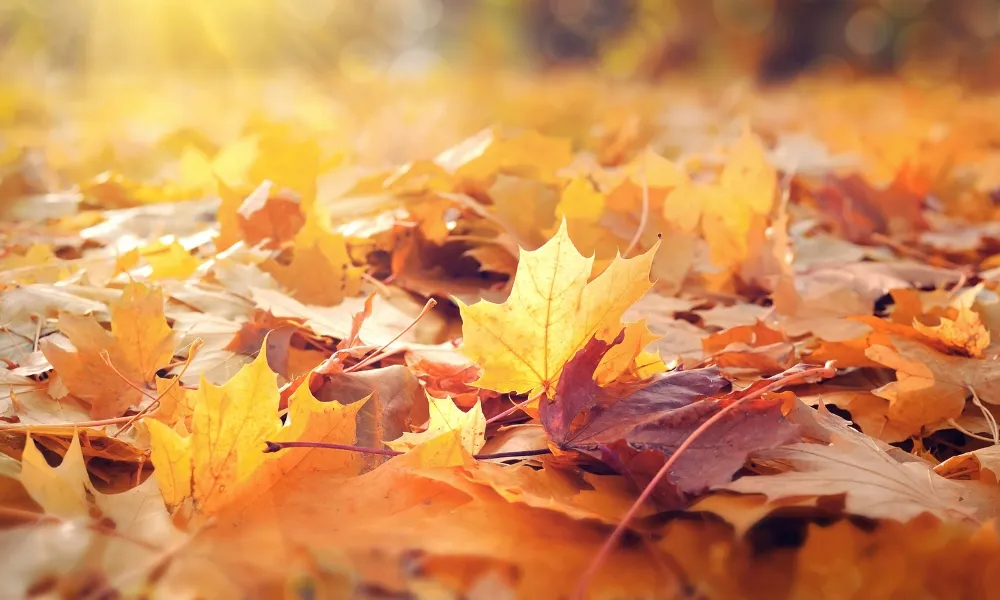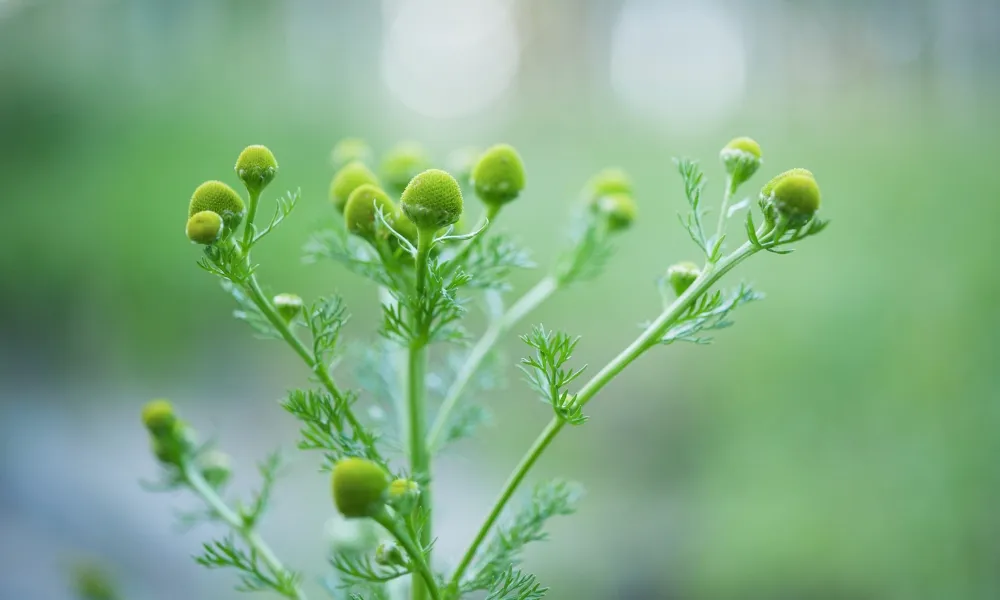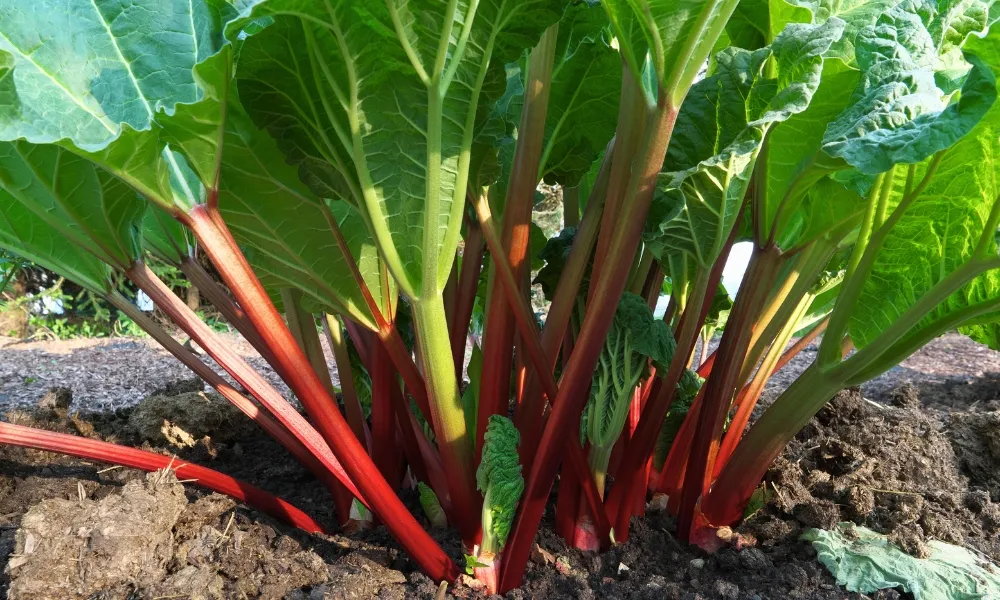
Rhubarb has to be one of the easiest and quickest cooking ingredients to grow. It is incredibly versatile and can be used to make everything from crumbles to jams. It is actually a vegetable rather than a fruit yet all our uses for it seem to be more 'fruit' like in nature.
Its large green leaves are toxic, containing a large amount of corrosive oxalic acid, its roots contain anthraquinones which while are not as toxic as the leaves have a laxative effect and are potentially carcinogenic.
The stems are what we cook with and although they do contain a small amount of the oxalic acid there's certainly not enough to do us any harm and the vitamin K and antioxidants it contains make it very beneficial to our health.
Rhubarb was originally discovered in Northern Asia , notably parts of China, Mongolia and Siberia. It came over to Britain in the 16th century purely for medicinal purposes and at the time was valued more than gold. It was only in the 19th century that it was brought over here and even then it was seen and used only as an ornamental plant.
Rhubarb can be grown either from a young 'crown' or from a divided section from a mature plant. It's best not to grow it from seed as the seed method can be very slow and labour heavy.
Once you have your crown you should choose a sunny, well drained, sheltered spot. Rhubarb is a great choice for a raised bed. It loves rich soil, so wherever you choose work in a lot of manure and well rotted compost into the soil. It will need a good bit of space, rhubarb will readily spread up to 1-1.5 metres across so if planting more than one be sure to space them out adequately.
The crown should be placed with the tip beneath about an inch of soil (this is to protect it from any coming frosts).
Finish by putting a light layer of bark mulch over the top, this will keep the weeds down and also retain the heat in the soil surrounding it.
When it starts to sprout up above the ground just keep it weed free and water in the drier days. In the first year unless you have been very lucky there will only be a few weak shoots in around April, leave these to grow, but remove any flower stalks that it may produce. This is to have it put more energy into the main bulk of itself.
In the second year you can start harvesting properly. Do this by pulling the stems rather than chopping them off. When they are chopped the end of the stalk left on the plant tends to rot down into the main crown causing disease and decay.
To encourage growth in following years you can 'force' the plant. This is where you place a cover over the plant such as an overturned bin or bucket around January or early February. Within a few weeks it will have produced a number of small, tender, sweet shoots which can be harvested. It's best not to do this in the first couple of years as it puts a good bit of stress on the plant and younger plants might be weakened by it.
Now (October-November) is the time to be lifting and dividing Rhubarb so if you are looking to grow some as a new addition to your garden ask a friend who already has a crop and have a go at it!



